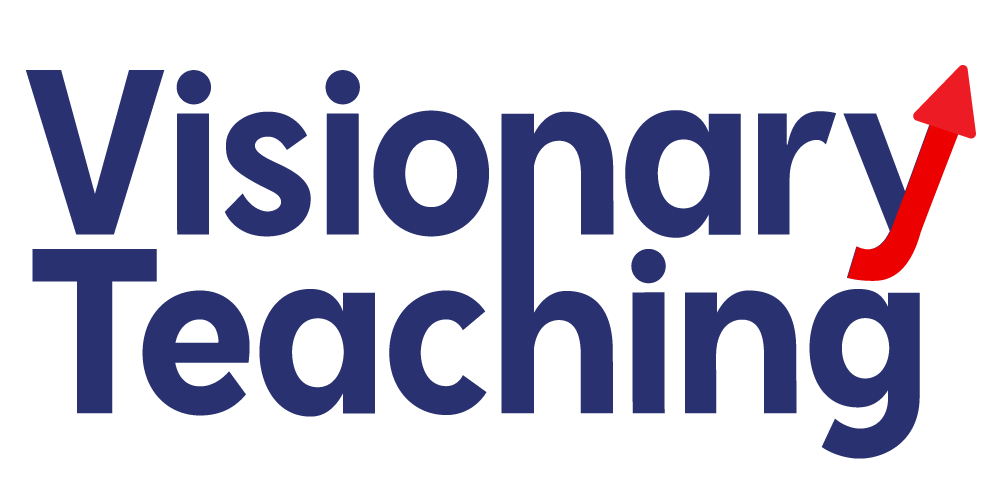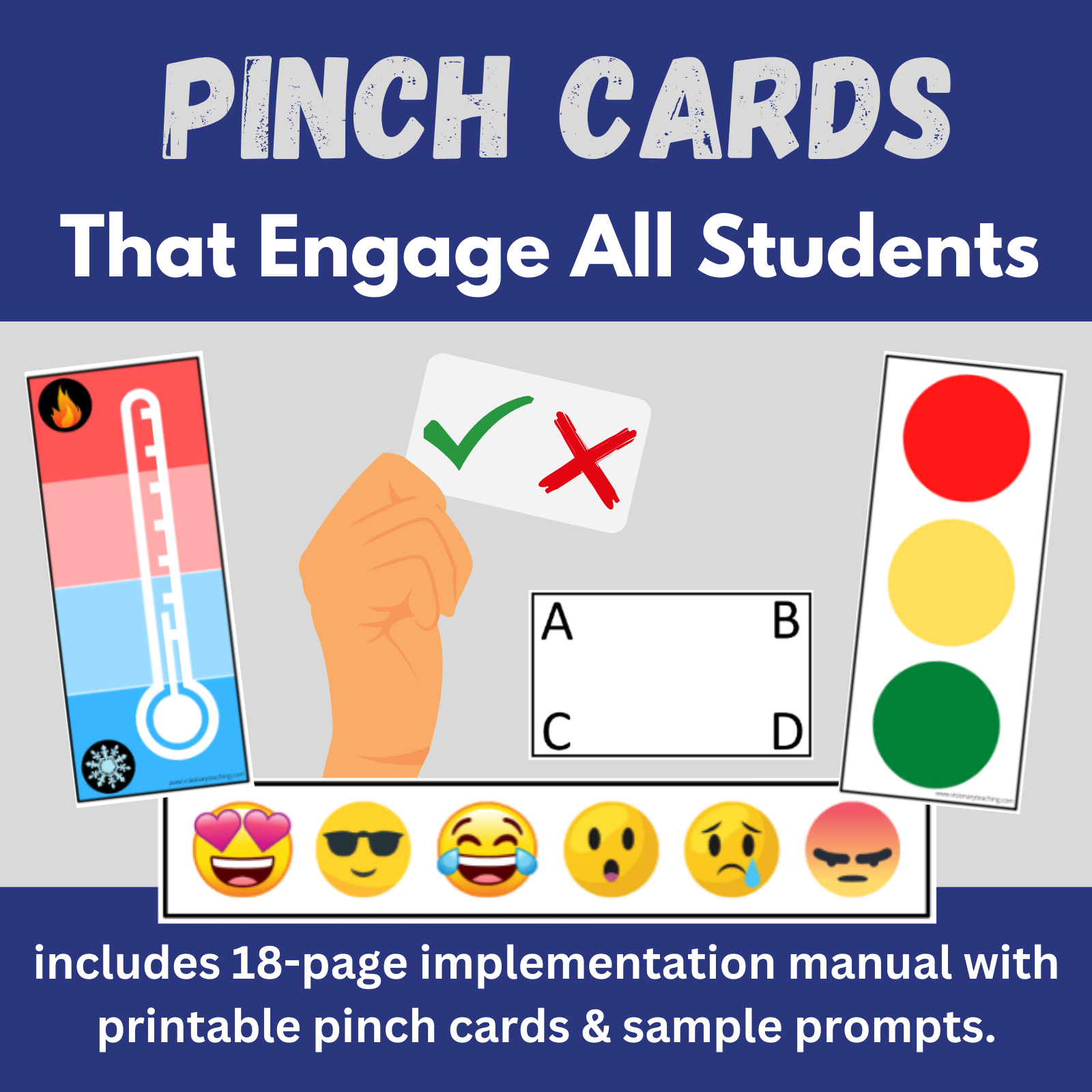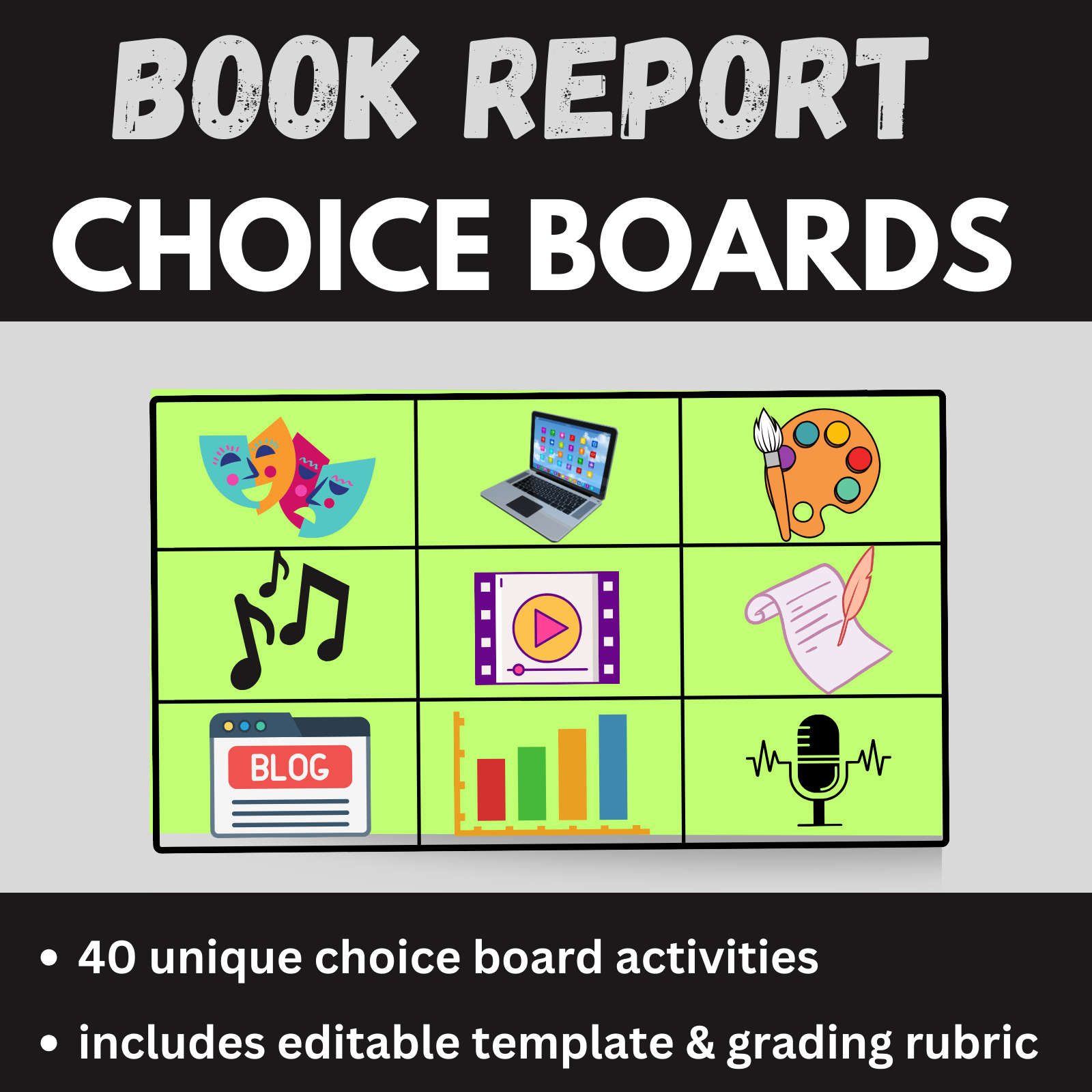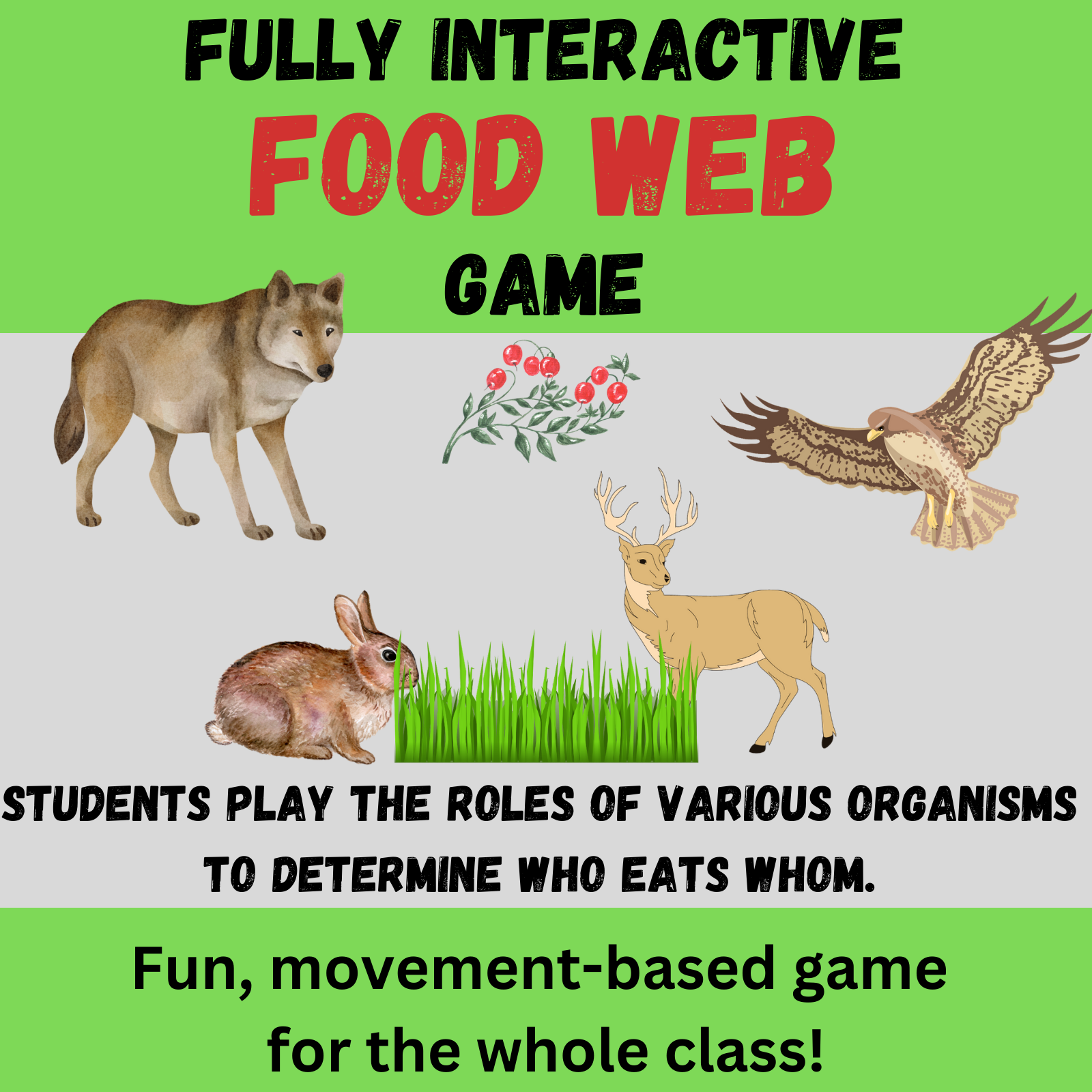
As I write this post, teachers across the world are returning to their classrooms for a new school year. Educators are always looking for new teaching strategies to update their practices. Below are seven amazing ideas to get your school year started off right. We will explore ways to design beautiful lessons and increase engagement for both students and teachers.
The Perfect Icebreaker
Get your year off to a fun and interactive start with a great activity that you can adopt, adapt, or apply to all ages or content areas. Icebreaker Bingo is the ultimate getting to know you activity for the beginning of a school year. The game encourages individuals to connect with others and identify peers who have particular strengths, interests, or experiences. When students find common ground, they are more likely to feel engaged and less likely to feel alone.
The activity is simple. Print out an Icebreaker Bingo sheet for each person who will be playing. The Bingo sheet has multiple boxes, each with a statement. The objective is to mingle among the other students and find someone who fits each statement. When you find a person who fits a particular statement, have them write their name or initials in the corresponding box. For example, if there is a box on your Icebreaker Bingo sheet that says “is left handed”, you would mingle among your classmates to find a left-handed person who could then sign their name in that box.
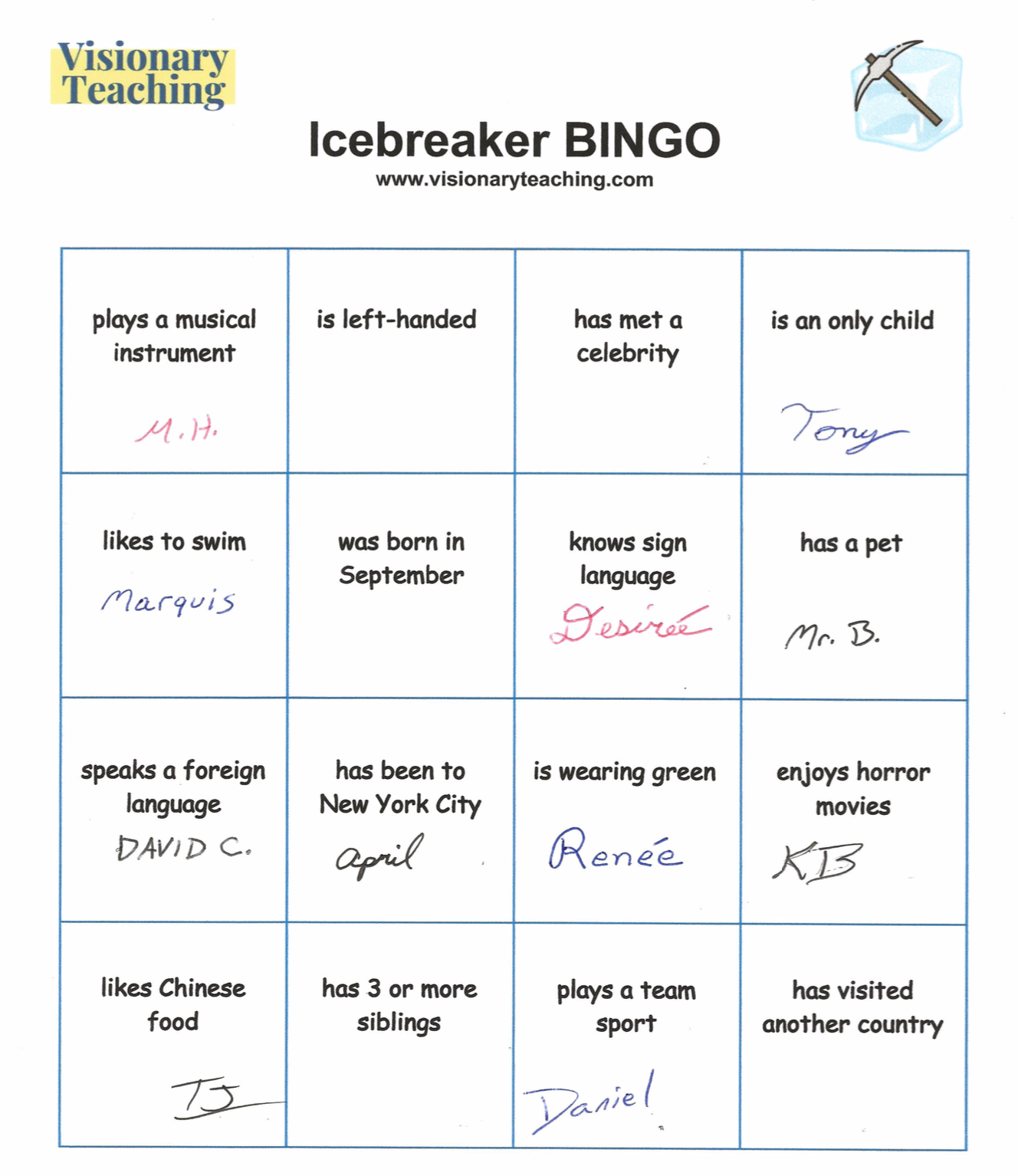
Zoom is Here to Stay
Many educators have mastered the basics like muting/unmuting, turning the camera on/off, and using the chat feature. We have learned how to play Would You Rather, how to encourage students to turn their cameras on, how to use annotation tools for maximum interaction, and other great teaching strategies. But Zoom can do so much more. Explore the many Zoom tips and tricks that can take your virtual lessons and presentations to the next level.
The vast majority of teachers are heading back to face-to-face classrooms. The move away from virtual instruction will be welcomed by many, but will Zoom ever totally go away? Probably not. Zoom and other virtual platforms will remain a powerful tool for meetings and instruction.
Increase Your Students’ Opportunities to Respond
Traditionally, opportunities to respond in K-12 classrooms look like this:
Teacher asks question, students raise their hands, teacher calls on one student, the rest of the class checks out…
Whole group opportunities to respond (OTR) are powerful teaching strategies that ensure all students get multiple repetitions to interact with content. Students who are asked to regularly respond are less likely to get bored and check out during a lesson. Whole class responses are also a great means of formative assessment, allowing teachers to monitor their own instruction. Undesirable behaviors will decrease and engagement and learning will both increase.
There are several types of whole group OTRs. You can use choral responses, gestures, pinch cards, or written responses. We have previously explored the importance of allowing students ample processing time before revealing a response. For written responses, I highly recommend that you provide your students with small white boards. (Did you know that it is easy to make your own white boards out of common household materials or office supplies?)
Foster Student Choice
We know that students will work longer and retain more information when they are given some choice in how they learn. When we dictate all aspects of a school day to students, we are teaching compliance. By offering choices, we are teaching invaluable self-determination skills such as problem solving and decision making.
One way to incorporate student choice during the school day is to offer content options. You might give students flexibility to choose the topics of papers or projects. Perhaps you are teaching a unit on English poets and your students can choose a particular poem or poet of interest to write about. Allow students to delve deeper by focussing on a topic of choice within a given unit. Maybe you are teaching an American History unit on World War II. Your learners might appreciate the chance to become an expert on a selected figure or event.
Another way to incorporate student choice is to be flexible with how your learners take in new information. Think outside of the traditional textbook and encourage students to seek new information through videos, blog posts, or podcasts. Ask your learners to identify a variety of resources that they can use to learn content.
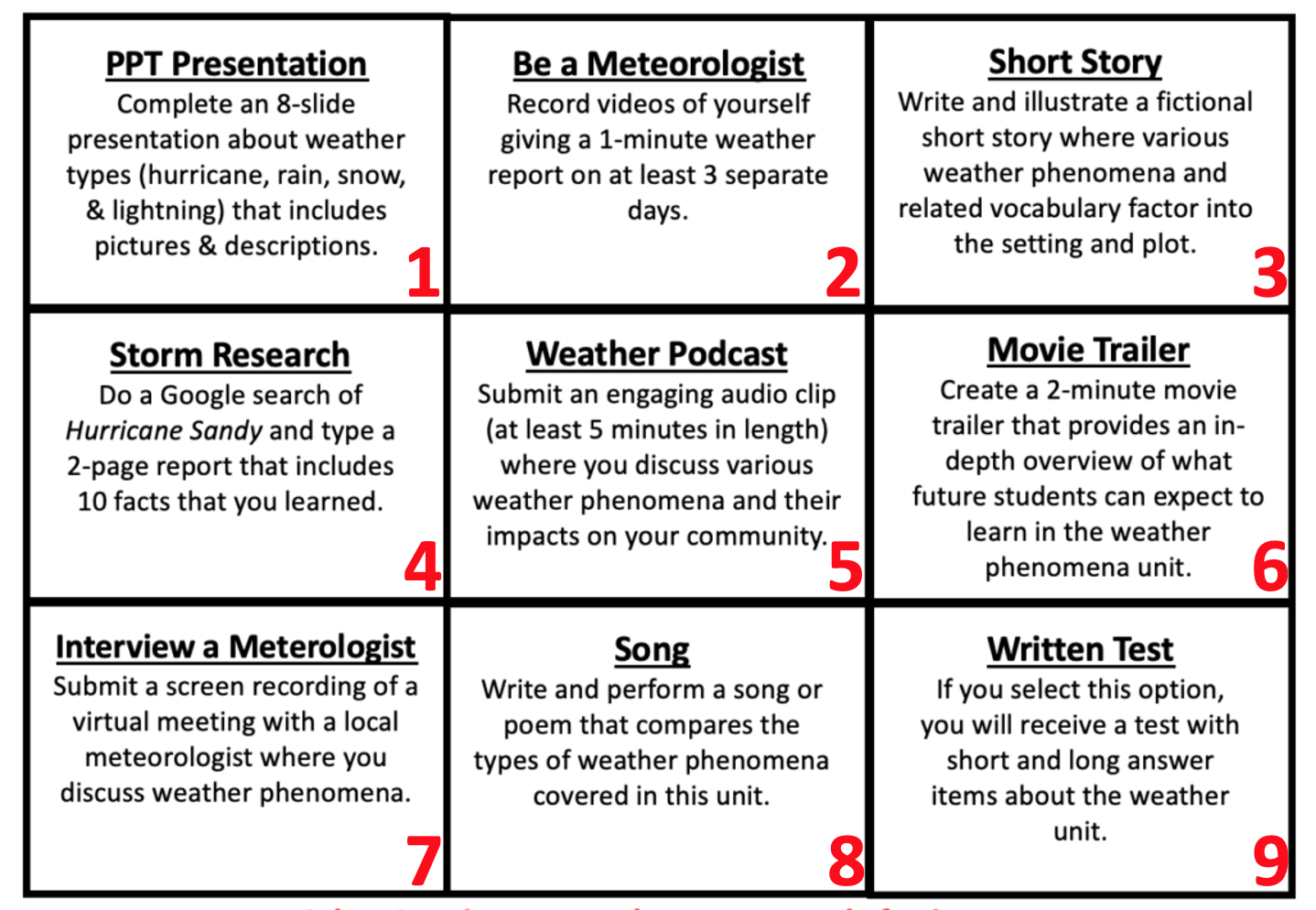
A great way to offer students a choice in how they will be assessed is the use of Choice Boards. Choice boards allow students to play to their strengths and interests when sharing what they have learned in a given unit. Check out our previous posts on the benefits of choice boards and an overview of science choice boards. The Free Stuff section of this site has some ready-made choice boards for your use.
Utilize More Formative Assessment in Your Classroom
When we think about traditional assessment practices like quizzes and tests, we are typically envisioning summative assessment. Summative Assessment evaluates what students have learned after completion of a unit of study by comparing scores to a predetermined standard.
I encourage you to consider using formative assessment more frequently. Formative Assessment monitors student progress during a unit of study to help educators improve their instruction, and thereby improve student learning. Examples include opportunities to respond and exit tickets. Without a doubt, formative assessment can be a smarter, stronger, faster, and more engaging option.
Summative assessment merely checks what a student has learned after a unit of study is complete. At this point, it is too late to adjust instruction. Formative assessments are low-stakes because scores are not generated and grades are not involved. Data from these types of assessments are merely used to inform future lessons.
Engage All 5 Senses in Your Instruction
Multisensory instruction is one of the easiest, yet most effective, teaching strategies to implement at any grade level. Teaching with all 5 senses is beneficial for ALL learners. While research around multisensory instruction is often associated with reading instruction, particularly for learners with dyslexia, it should be viewed through a lens of Universal Design for Learning.

Multisensory instruction involves lessons and activities that simultaneously engage multiple senses. Educators commonly design lessons that are full of visual information such as text, pictures, diagrams, and videos. Information is often presented auditorily as well, including teacher talk and class discussions. It is equally important to purposefully build in opportunities for our learners to experience new information through touch, smell, and taste. Check out a previously published post that explores the power of teaching with each of the 5 senses.
Refocus Your Learners with Brain Breaks
Brain breaks improve student focus and attention by stimulating blood and oxygen flow to the brain. Many teachers use YouTube or Go Noodle to show short music videos that encourage students to stand up and move. Such activities are fine, but there are other options.
Whether you are teaching in a face-to-face or virtual environment, brain breaks are the best way to help your students regain focus. Above is a video of a great brain break for K-12 or adult audiences. For more examples of great brain breaks, check out our previous posts, video page, and YouTube channel.
There you have it- seven powerful teaching strategies that can help you on your way to a successful school year. You do not need to jump head first into all of these ideas. Rather, pick one or two ideas and make them work for your classroom. I wish you the most wonderful school year ever!
